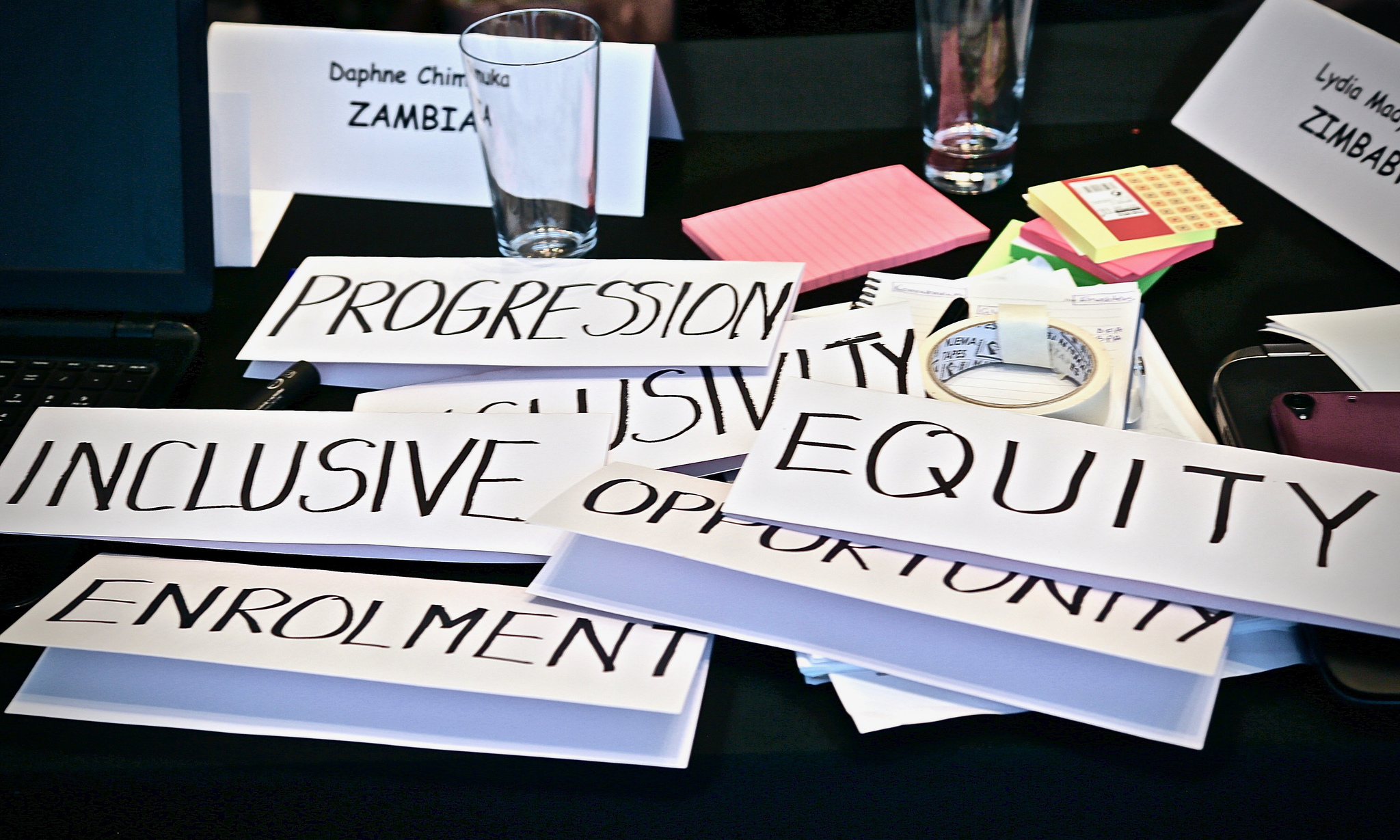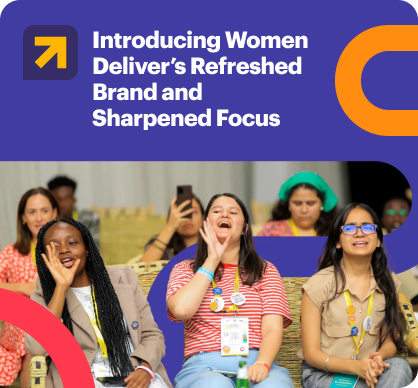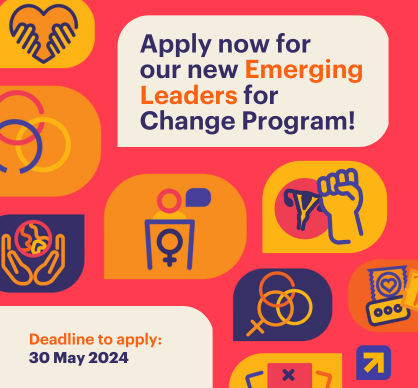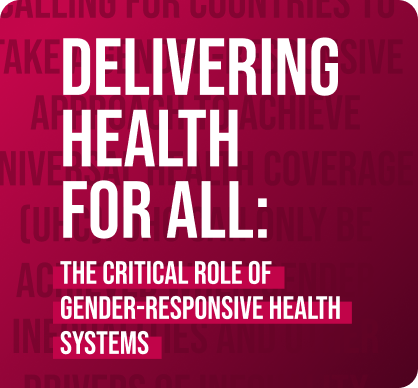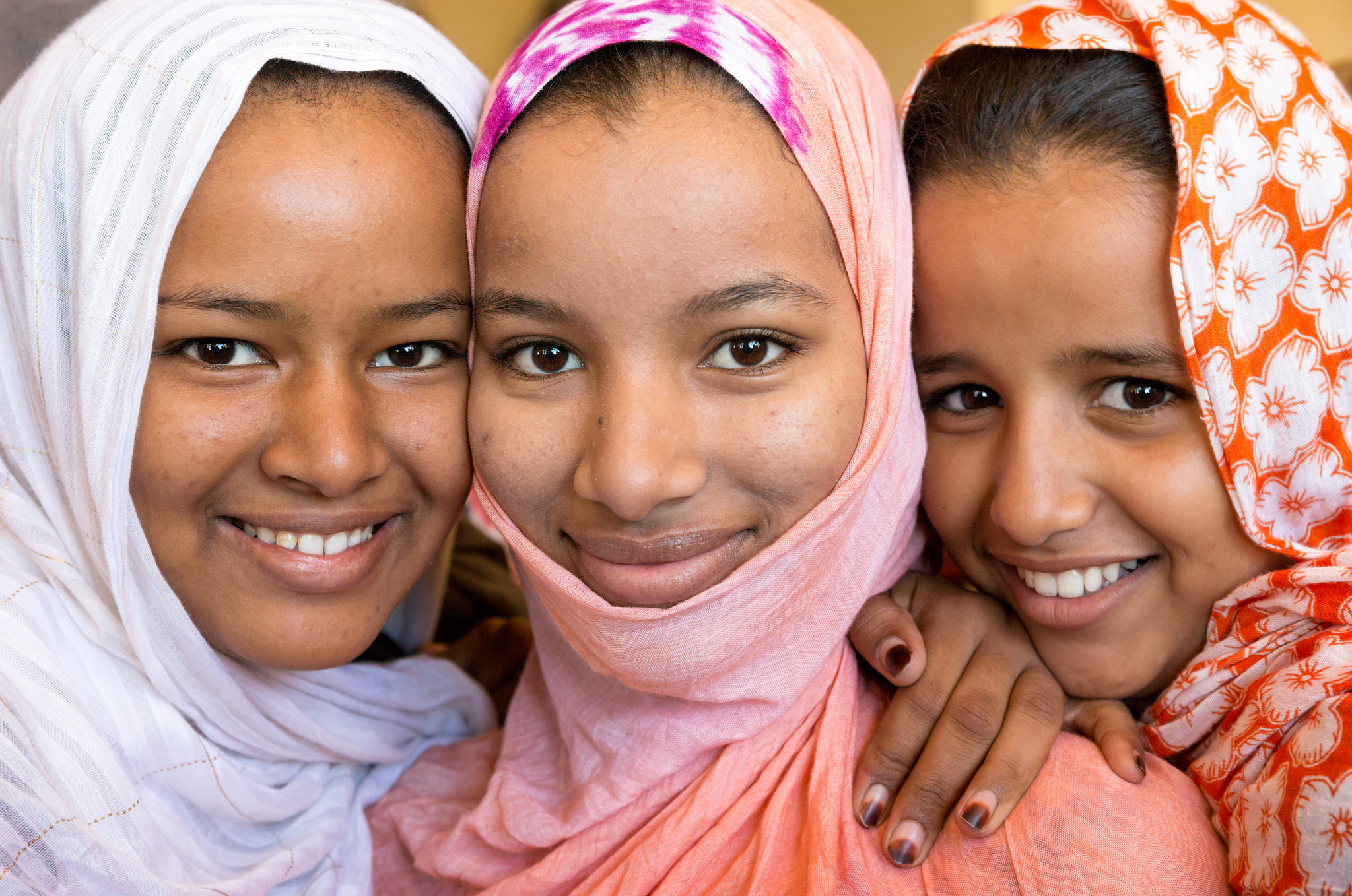
Despite progress in recent years, more than 130 million girls worldwide are still denied their right to an education. Hindered by complex barriers ranging from early marriage, to inadequate learning environments, to social norms, these girls are losing out on the chance to not only shape their own futures, but also to contribute fully to their communities and societies.
When girls are educated, healthy, and safe the whole world benefits. According to recent research, universal secondary education could virtually end child marriage and increase lifetime earnings for women by US$15-30 trillion globally.
The Global Partnership for Education (GPE) mobilizes its partners to put gender equality at the heart of national education systems so that all girls have the chance to learn and thrive. Addressing the systematic barriers that are holding girls back requires systematic solutions at country level that identify, address, and eliminate gender biases.
To this end, GPE and UNGEI, with support from UNICEF, developed Guidance for developing gender-responsive education sector plans in 2017. Why start with planning? Because plans lay the foundation for mobilizing resources and aligning efforts to ensure all children can go to school and learn.
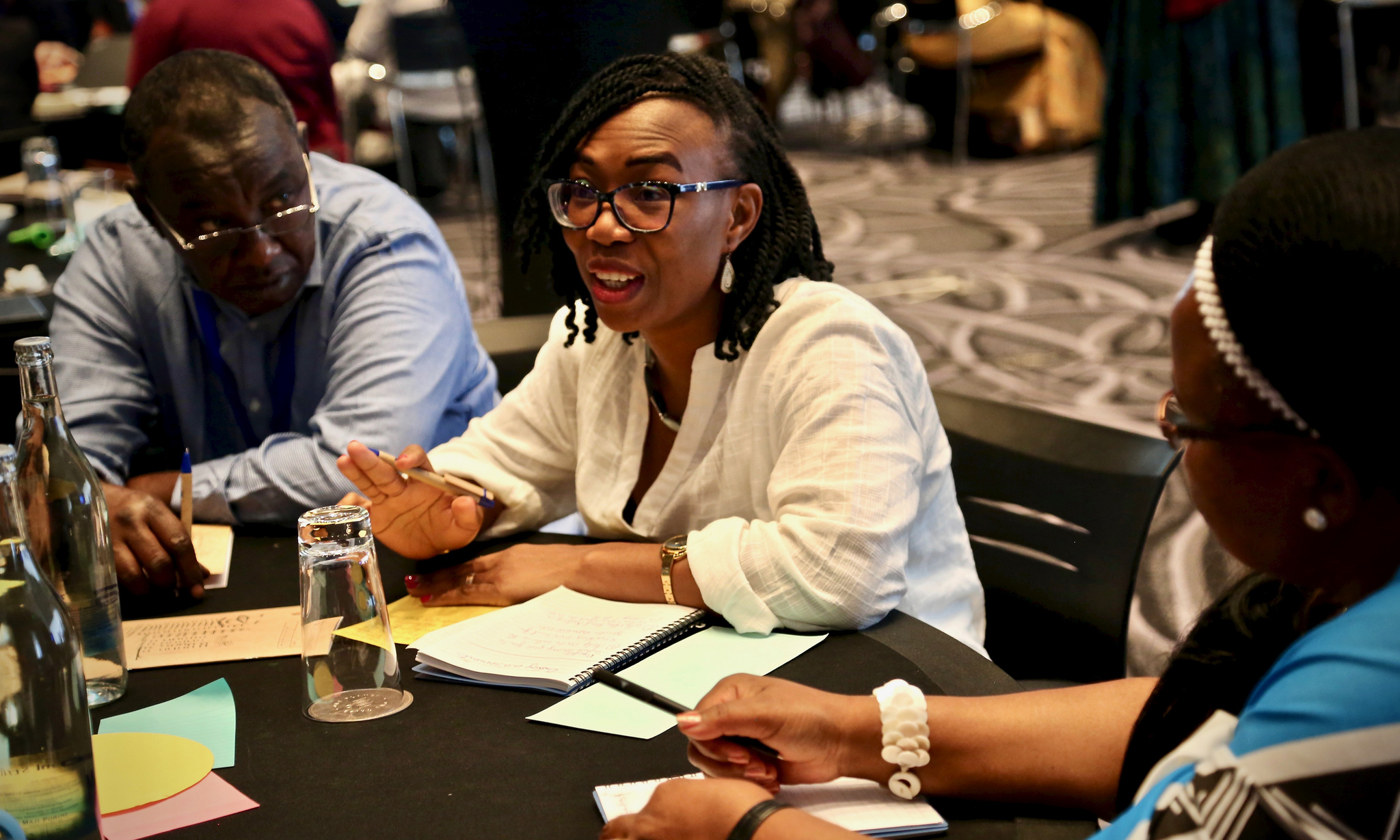
To be effective, planning must include all stakeholders, even those outside the education sector. In practical terms, how can we address barriers to learning as diverse as poor menstrual hygiene management and early marriage without involving ministries of health or gender, for example?
The GPE and UNGEI guidance explicitly recommends cross-sectoral collaboration, and those recommendations came to life in the past two years at regional workshops on how to put gender-responsive education sector planning (GRESP) into practice.
The workshops, held in Tanzania, Togo, Nepal and Kenya targeted officials from ministries of education, gender, and health, as well as representatives from civil society and teachers’ organizations. Their purpose was to familiarize practitioners with how to use the guidance to apply a gender-lens to education. Working on these issues together helped education planners to understand the perspectives of other stakeholders and better coordinate support for gender equality.
For example, a delegation from Zambia included representatives from the ministries of education and gender as well as development partners. After attending the workshop together, they agreed that the ministry of gender would feed into the upcoming education plan, which focuses on cross-sectoral issues including water and sanitation, nutrition, menstrual hygiene management, and HIV and AIDS.
In Uganda, thanks to the GRESP training, the policy and gender teams within the ministry of education are now working together in a number of ways – including using GPE funding to address gender violence in education and developing guidelines on the prevention of HIV and AIDS and unintended and teenage pregnancy in schools. They have also been collaborating on bringing a gender lens to the national teacher policy and environment in education policy.
These are just two examples of how these guidelines are proving to be an important starting point for education plans to be transformative in terms of gender equality and achieving the global commitment of inclusive, equitable, quality education for all.
GPE will continue to work across sectors, harnessing the full power of partnership, to ensure no girl or boy is left behind.
